
The following article is from the WeChat Official Account: 诗萌DPT.
Most people in China are aware of "postpartum rehabilitation", but the vast majority of people's understanding is limited to the idea that only mothers who have given birth need it.
Today, through this article, I would like to share with you the differences between [postpartum rehab] and [pelvic floor physical therapy] in terms of the scope of practice and how you can utilize either of them to achieve your goal.
Postpartum rehabilitation or rehab are providers. It often uses machines like electrical stimulation or biofeedback. Electrical stimulation involves placing small pads or probes near the pelvic area, and they send mild electric pulses to your pelvic muscles. This can help them become stronger in pure isolation only. Biofeedback is a different tool that shows you what your pelvic muscles are doing on a screen, so you can learn to control them better. This can be helpful for gaining coordination and awareness of the pelvic floor muscles but in isolation rarely solves anything.
These tools can help some people, especially if their pelvic muscles are very weak or if they have trouble sensing what’s happening down there. But here’s the thing: we don’t use our pelvic floor only while laying down and never in isolation. We have the other core muscles, the hips, the positioning of our pelvis, feet, spine and ribs that play a role in the pelvic floor’s ability to function well. Machines can only do so much on their own. They don’t always teach you how to use these muscles in daily life or why they might not be working well and they never incorporate the whole body into the solution.
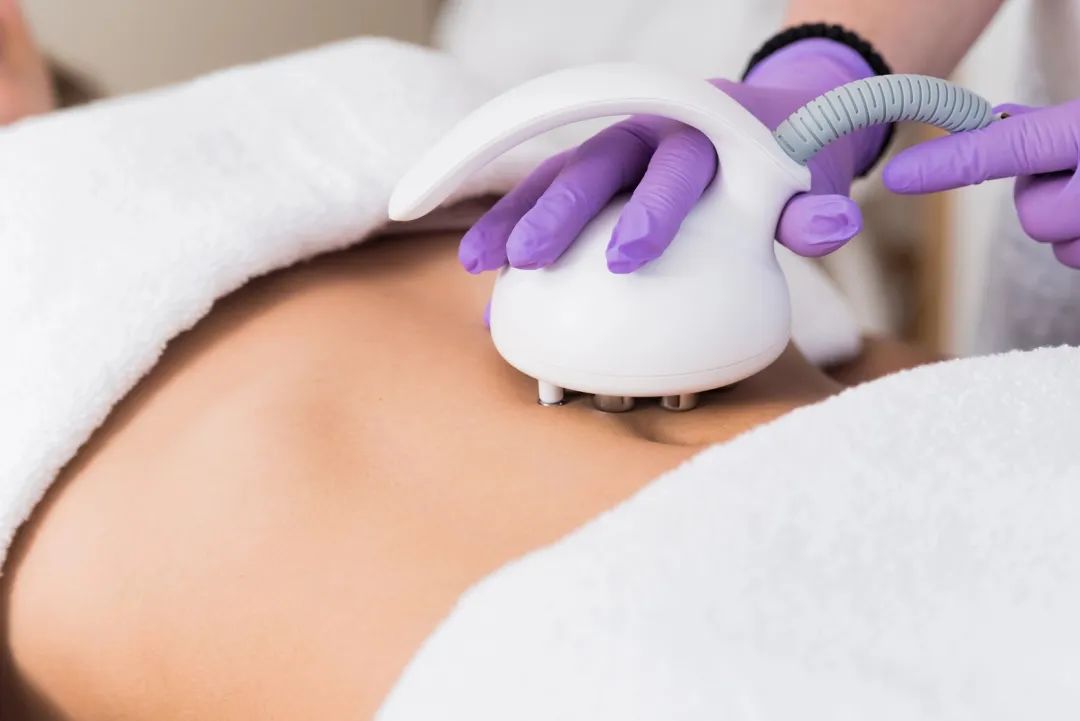
Pelvic floor physical therapy (PFPT) takes a whole-body approach to pelvic health. A physical therapist like me is trained to look at more than just your pelvic muscles. We look at how your body moves, how you breathe, and how your daily activities might be impacting your pelvic area. We determine the cause of your pelvic floor dysfunction and determine exactly why you are leaking, having pain or constipation. Then we can treat the exact problem and have a specific solution for you.
While some people benefit from exercises like Kegels (tightening and releasing the pelvic muscles), they’re not always the answer! Sometimes, your pelvic muscles need to RELAX, especially if they’re tense or overactive, and doing Kegels could actually make things worse. That’s why it’s so important to work with a specialist who can guide you through what your body needs.
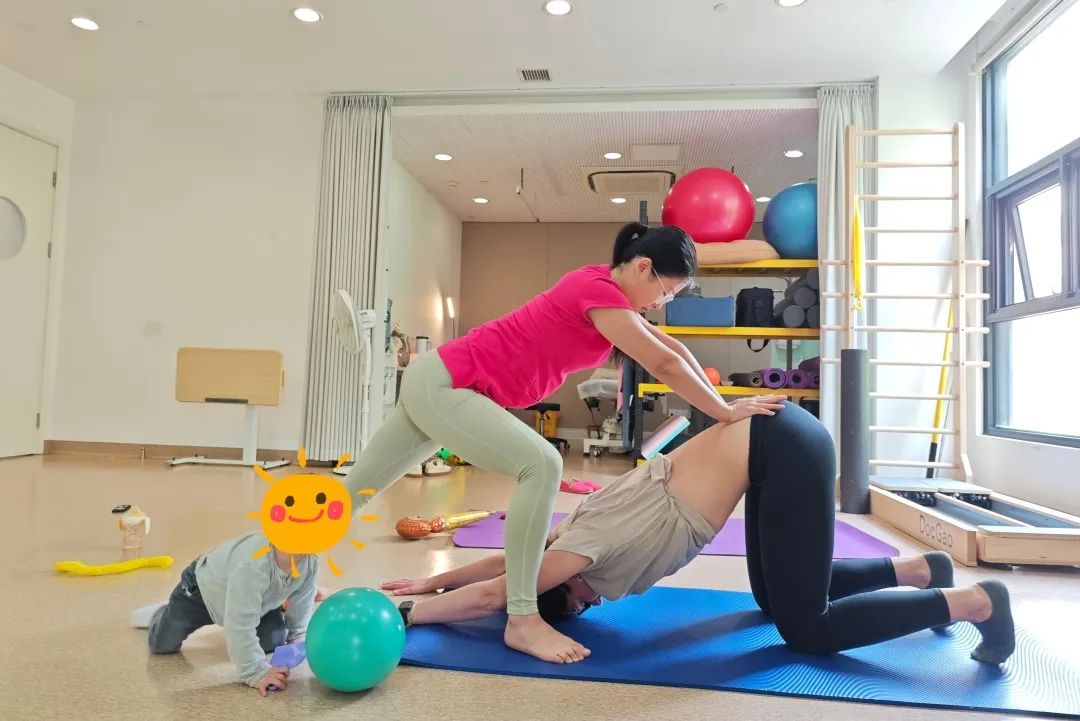
Definitions and
Professional Backgrounds
 | Pelvic Floor Physical Therapy Assessment and treatment of pelvic floor muscles conducted by professional physical therapists (PTs) to restore or improve pelvic floor and overall body function. |
Postpartum Rehabilitation Pelvic floor muscle repair for postpartum women |
 | Pelvic Floor Physical Therapy Licensed physical therapists with professional training in pelvic floor physical therapy |
Postpartum Rehabilitation Nurses, fitness professionals who have done specialized trainings and beauty industry staff |
 | Pelvic Floor Physical Therapy Evidence-based medical service. Has a background in clinical rehabilitation medicine, and treatment is based on assessment reports/doctor referrals |
Postpartum Rehabilitation Usually tends to be experience-based services with less medical intervention |
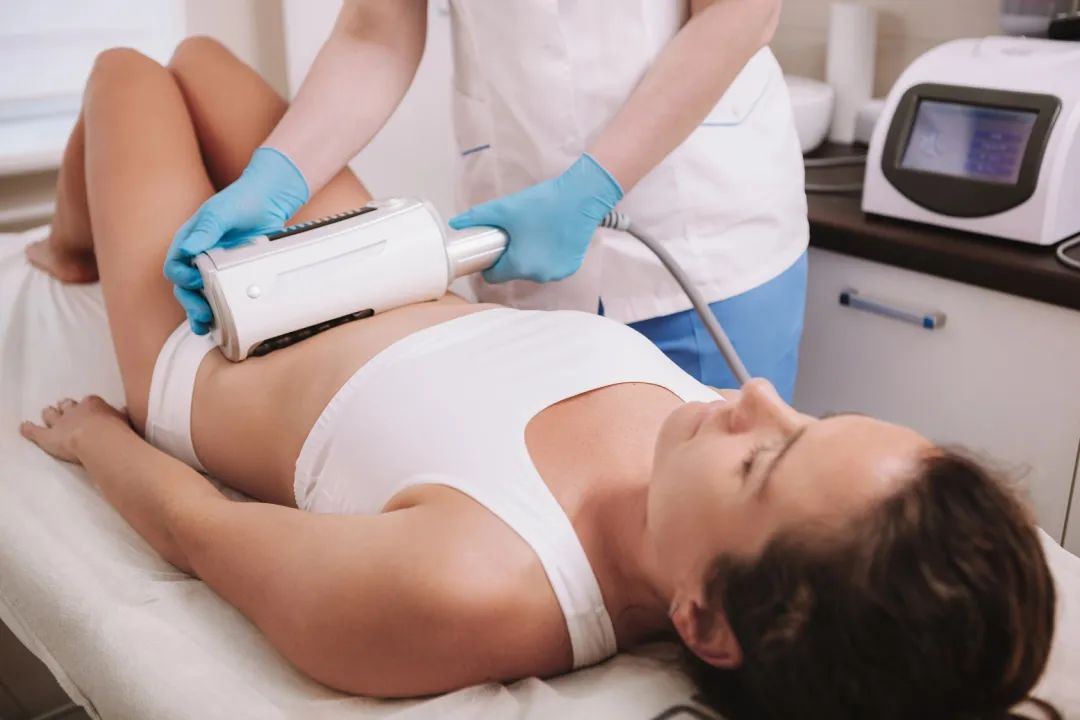
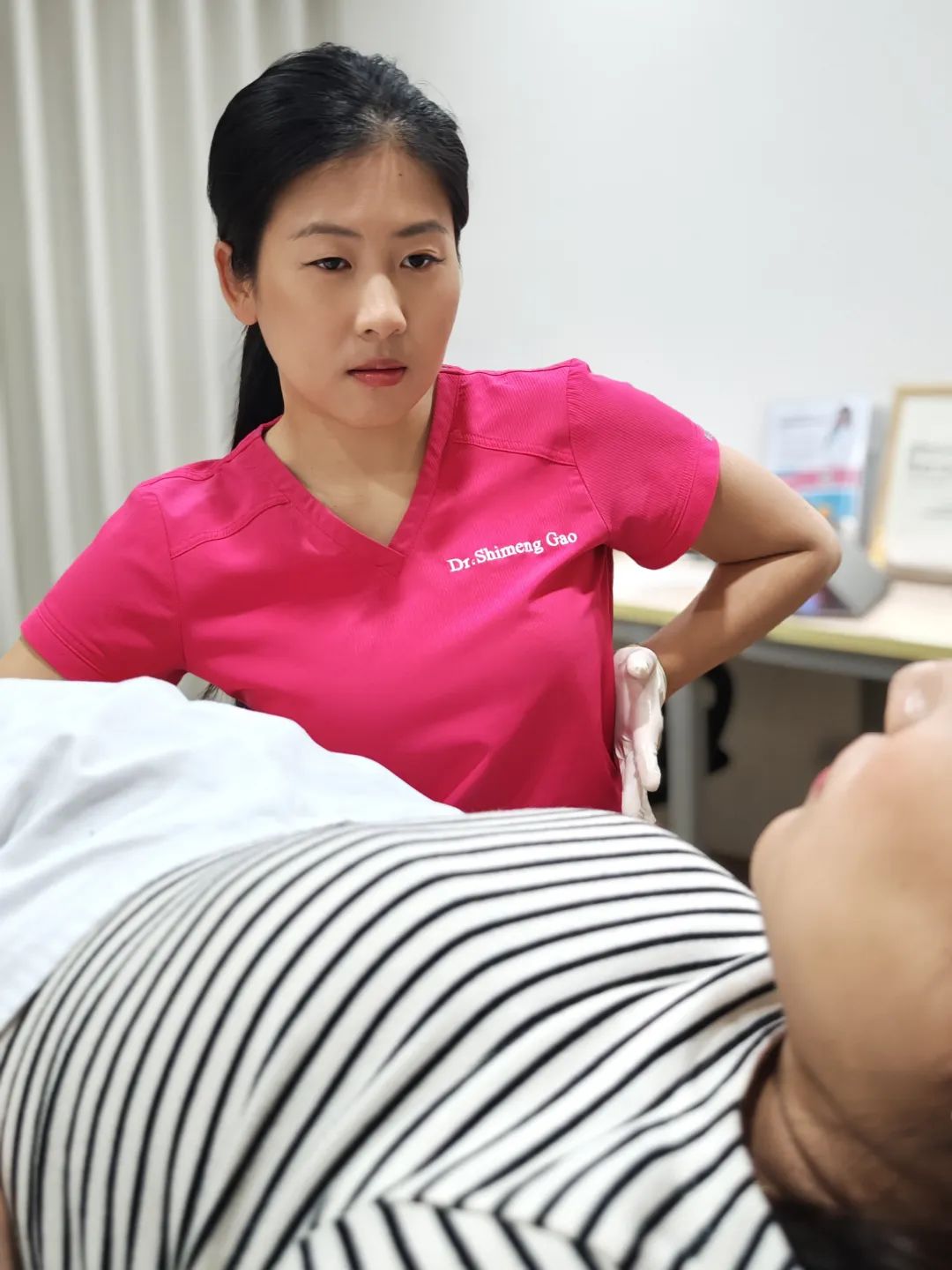
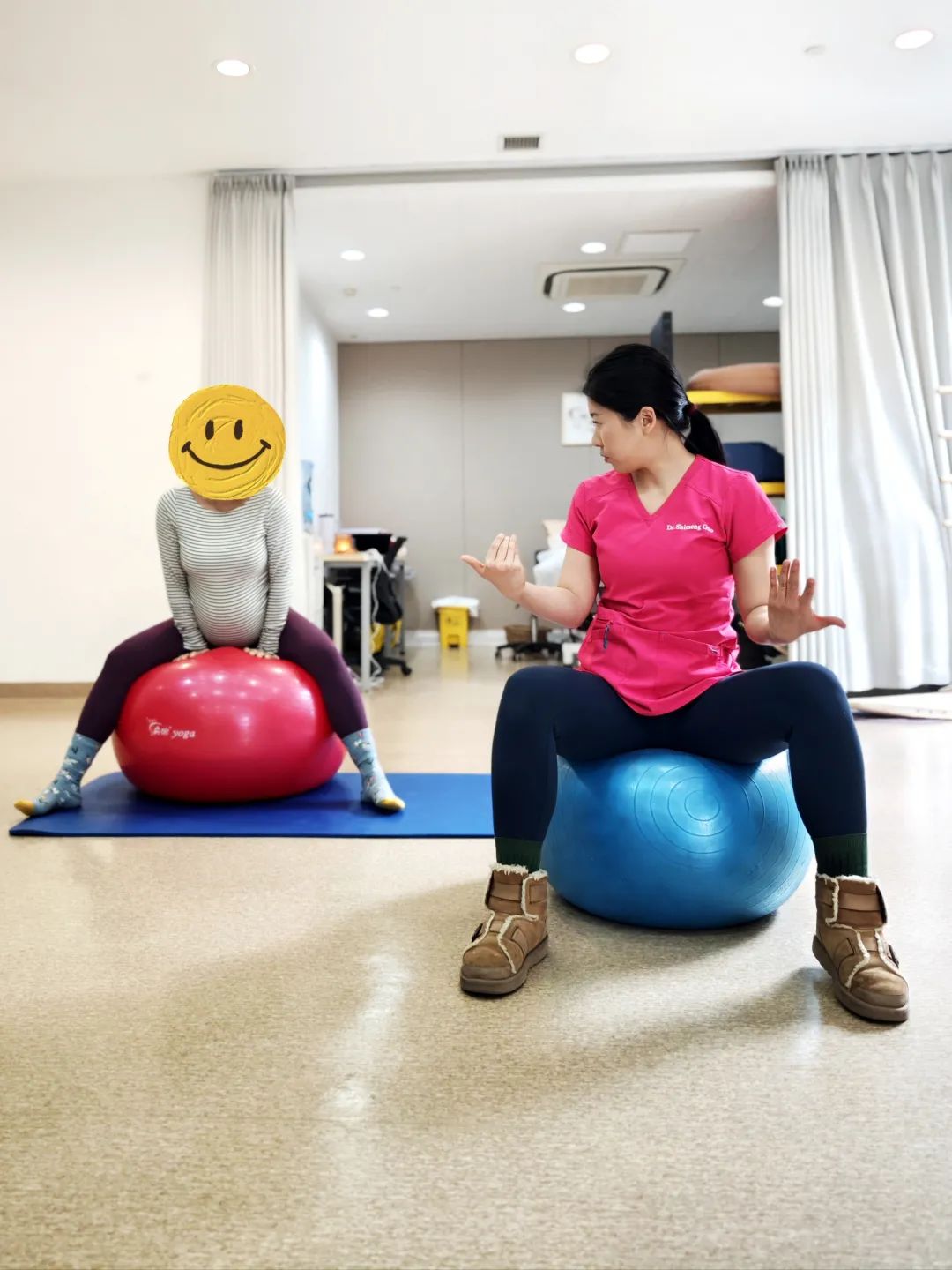
Indications and
Service Contents
 | Pelvic Floor Physical Therapy Urinary incontinence, Diastasis Recti Abdominus (DRA), bladder/uterine/rectum prolapse, pain with intercourse, chronic pelvic pain, IBS, overactive bladder, lower back pain, sacroiliac joint dysfunctions, taibone pain and etc |
Postpartum Rehabilitation Diastasis recti, breast distension, body shaping, physical fitness recovery, pelvic floor repair. |
 | Pelvic Floor Physical Therapy Manual therapy,neuromuscular re-education, electrical stimulation, biofeedback training, corrective exercises prescriptions, behavior adjustment, etc. |
Postpartum Rehabilitation Massage, instrumental care, abdominal binders, postpartum yoga, recovery exercises, etc. |
 | Pelvic Floor Physical Therapy Emphasizes individual assessment and formulates targeted treatment plans |
Postpartum Rehabilitation More standardized procedures with limited personalization |
Suggestions for Selection
Need | Recommended Choice |
Having obvious pelvic floor dysfunction (such as leakage, prolapse, etc.) | ✅ Pelvic Floor Physical Therapy |
Overall conditioning, shaping, and mild recovery | ✅ Postpartum Rehabilitation |
Pursuing scientific assessment and precise intervention | ✅ Pelvic Floor Physical Therapy |
Can They Be Used
in Combination?
Pelvic floor physical therapy and postpartum rehabilitation do not conflict and can complement each other. According to the protocol, if a patient's pelvic floor muscles are very weak and they have no idea how to exert force (MMT 0-2 grade), it is recommended to use biofeedback equipment to help the patient locate the pelvic floor muscles.
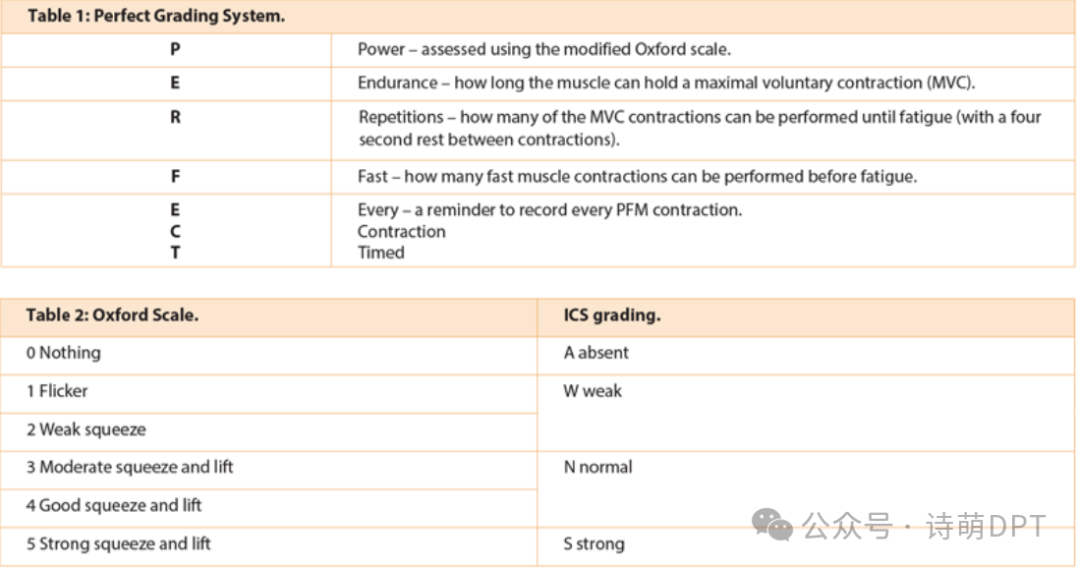
Table from: https://www.urologynews.uk.com/features/features/post/physiotherapy-first-for-pelvic-floor-dysfunction
I once encountered a patient in her 60s with grade III pelvic floor prolapse. After completing the initial pelvic floor physical therapy assessment, I formulated a home exercise plan for her and provided suggestions for adjusting daily movements in daily life. The patient mentioned that the community clinic near her home provides biofeedback and electrical stimulation treatment services. I suggested that she receive such treatments 1-2 times a week, along with breathing training during our treatment sessions, and the patient's prognosis was good.

However, if you are pursuing scientific assessment and precise intervention, or even have already developed pelvic floor dysfunction, pelvic floor physical therapists are to get you moving comfortably and confidently, so you can enjoy your life without worrying about your pelvic health. If you want to learn more or ask questions, we’re here to help. Remember, you don’t have to figure this out alone!
Keep Calm and Pelvic On.












